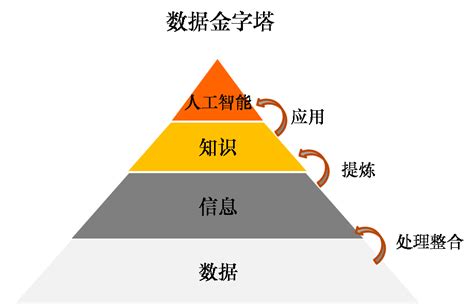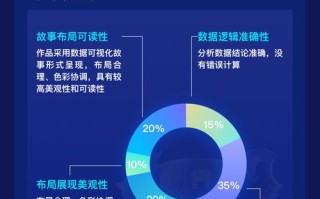Understanding Data Transformation in Big Data
In the realm of big data, where vast volumes of information are generated and processed, data transformation plays a pivotal role. Let's delve into what data transformation entails and its significance in the context of big data analytics.
What is Data Transformation?
Data transformation refers to the process of converting data from one format or structure into another, often with the objective of making it more suitable for analysis, storage, or presentation purposes. This transformation can involve various operations such as cleaning, filtering, aggregating, and integrating data from disparate sources.
Importance of Data Transformation in Big Data:
1.
Data Integration:
Big data environments typically involve data from diverse sources such as databases, sensors, social media, and more. Data transformation enables the integration of this heterogeneous data into a unified format, facilitating comprehensive analysis.
2.
Data Cleaning:
Raw data often contains errors, inconsistencies, and missing values. Data transformation techniques like cleansing and normalization help rectify these issues, ensuring data accuracy and reliability.
3.
Feature Engineering:
In machine learning and predictive analytics, feature engineering involves selecting, modifying, or creating new features from existing data attributes. Data transformation plays a crucial role in this process by transforming raw data into meaningful features that enhance model performance.
4.
Scalability:
Big data systems need to efficiently process large volumes of data. Data transformation techniques such as partitioning and parallel processing optimize data processing workflows, enhancing scalability and performance.
5.
Data Reduction:
Big data often includes redundant or irrelevant information. Data transformation methods like aggregation and summarization help condense large datasets into more manageable forms without sacrificing essential insights.
6.
Normalization and Standardization:
Data transformation ensures that data adheres to consistent formats and units, enabling meaningful comparisons and analysis across disparate datasets.
7.
Data Visualization:
Transforming raw data into visually appealing and understandable formats is crucial for effective data communication and decisionmaking. Data transformation prepares data for visualization tools by organizing, formatting, and summarizing it appropriately.
Common Techniques of Data Transformation:
1.
Parsing and Tokenization:
Breaking down unstructured data such as text documents into smaller, manageable units (tokens) for analysis.
2.
Filtering and Cleaning:
Removing irrelevant or duplicate data entries, correcting errors, and handling missing values to ensure data quality.
3.
Aggregation:

Combining multiple data records into summary statistics or higherlevel aggregates for analysis.
4.
Normalization:
Scaling numeric data to a standard range (e.g., between 0 and 1) to eliminate biases introduced by varying scales.
5.
Encoding:
Converting categorical data into numerical representations suitable for machine learning algorithms.
6.
Joining and Merging:
Combining data from multiple sources based on common identifiers to create enriched datasets.
7.
Dimensionality Reduction:
Reducing the number of features in a dataset while preserving essential information through techniques like principal component analysis (PCA) or feature selection.
Best Practices for Data Transformation:
1.
Understand Data Requirements:
Before performing any transformations, gain a thorough understanding of the data sources, their formats, and the analysis objectives.
2.
Document Transformation Processes:
Documenting data transformation steps ensures transparency, reproducibility, and traceability, essential for collaborative analytics projects.
3.
Monitor Data Quality:
Continuously assess data quality throughout the transformation pipeline to identify and rectify issues promptly.
4.
Optimize Performance:
Employ parallel processing, distributed computing, and other optimization techniques to enhance the efficiency and scalability of data transformation workflows.
5.
Iterate and Refine:
Data transformation is often an iterative process. Regularly revisit and refine transformation strategies based on feedback, new data sources, or evolving analysis requirements.
Conclusion:
In the realm of big data analytics, effective data transformation is essential for harnessing the full potential of vast and varied datasets. By converting raw data into actionable insights, data transformation empowers organizations to make informed decisions, drive innovation, and gain a competitive edge in today's datadriven landscape.
标签: 大数据英语什么是数据转换技术 大数据英文翻译怎么说 大数据翻译成英文



还木有评论哦,快来抢沙发吧~